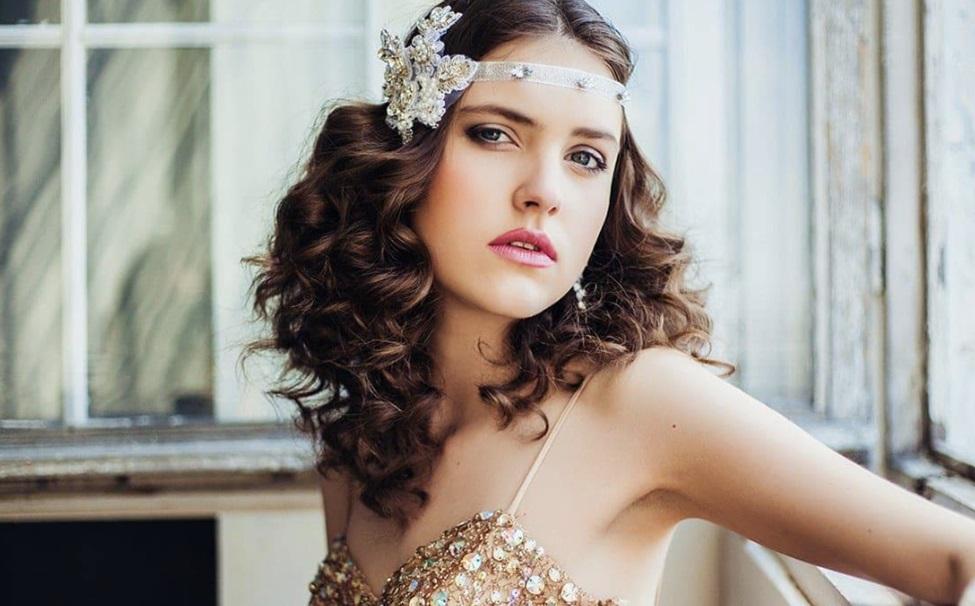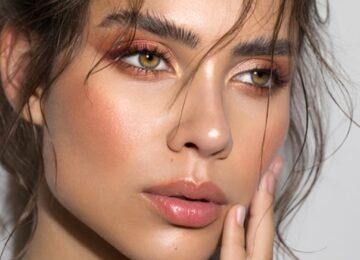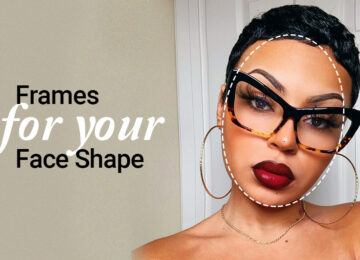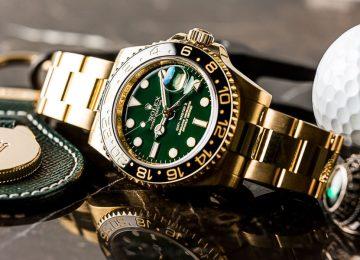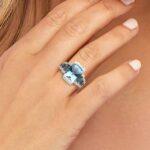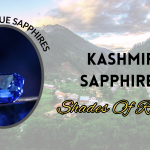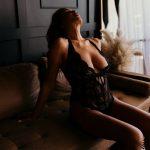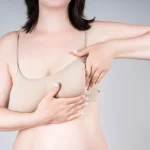Since millennia makeup has been a part of human culture, its roots are deeply rooted in religious, cultural and aesthetic traditions. Makeup has played a variety of roles, from the symbolic kohl used by ancient Egyptians, to today’s beauty trends that are inclusive. This article examines the history of makeup, and how it has changed over time.
Ancient Civilizations – The Sacred and Symbolic
Ancient civilizations have been incorporating makeup into their culture and spirituality. Women in Egypt applied kohl to their eyes as a symbol of protection against evil eye, and not only as a cosmetic enhancement. They chose pigments like malachite and red ochre for their vibrancy and meaning. Makeup was more than just cosmetics; it represented the collective spirit of a community.
Medieval and Renaissance Periods: The Canvas of Status
In the Renaissance and medieval periods, makeup became a way to show social status. The gold standard for beauty was pale skin, which was often achieved by using lead-based powders. The rosy lips, which were tinted with crushed plants, berries or insects, represented vitality and beauty. The evolution of makeup as a status symbol from a religious symbol reflects changing societal values and structures.
Victorian Era – The Age of Subtle Refinement
Victorian makeup was a time of modesty and discretion. Women opted for subdued cosmetics such as beeswax lip balms and lip creams scented with roses to project an air of modesty and virtue. In this era, commercial cosmetics brands were also introduced. This made the beauty ritual more accessible to a broader section of society.
Roaring Twenties: Breaking Molds, Embracing Liberation
The 1920s brought the flapper culture – a complete rebellion against social norms. The audacious style of the 1920s was defined by kohl-rimmed eyelids, powdered face, and Cupid’s bow lips. Women used makeup as a liberating tool, to assert themselves and challenge boundaries. It echoed the spirit of the decade, which was all about uninhibited expression.
Hollywood’s Golden Age – Crafting Iconic Beauty
In the 1930s and 1940s, silver-screen divas such as Marilyn Monroe and Audrey Hepburn were regarded as beauty standards. Their sultry eye and signature red lip, they immortalized an image of sophistication and glamor. Max Factor, Revlon and other brands made it easy for women to achieve these iconic looks. They combined Hollywood fantasy with every day aspirations.
The Swinging Sixties – Color, Courage and Counterculture
The 1960s was a decade of vibrant colors and boldness, heavily influenced from cultural icons such as Brigitte and Twiggy. Bold lashes and thick eyeliner were popular, in keeping with the spirit of self-expression and exploration that characterized this era. The makeup of that time was experimental and gender-neutral. It was also a sign for the changing times.
Current Trends: The Era of Inclusivity & Individualism
Recently, the beauty industry underwent a transformation that was unprecedented in terms of inclusivity and diversity. Brands now create products to cater to a variety of skin tones. This has broken down barriers that have existed for years in the beauty industry. Social media has also democratized the beauty industry, allowing people from all walks to show off their individual styles and inspire a global audience.
The history of makeup is fascinating, as it shows how it has been used to both reflect and mold society. It has served as a means of self-expression, an expression of cultural beliefs and social status, or a tool of activism. The dynamic evolution of makeup demonstrates its everlasting relevance. It affirms that makeup is more than just a surface expression.
This post was written by a professional at Michele Renee The Studio. Michele Renee The Studio Specializes in wedding hair and makeup in Clearwater FL. Based in Tampa, FL, we serve a global client base for weddings, boudoir, corporate, film, television, social events, photo shoots, and more! Contact us now to schedule your appointment for your wedding hair and makeup!


